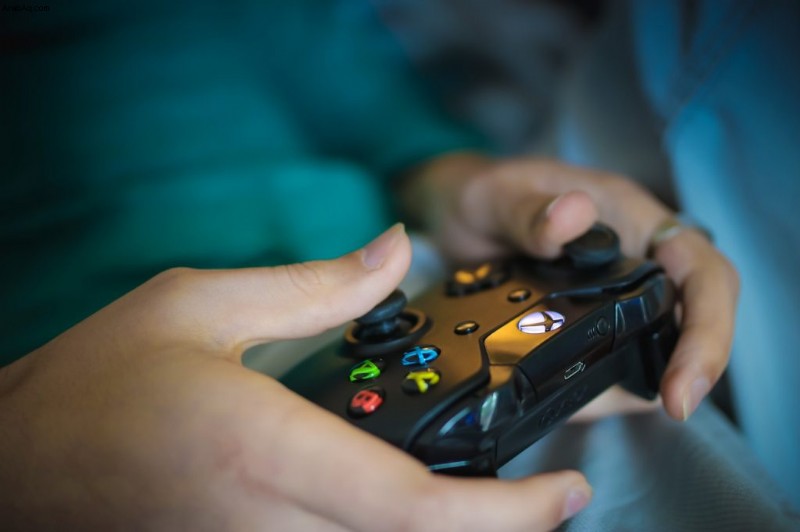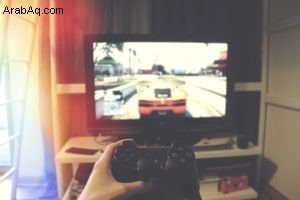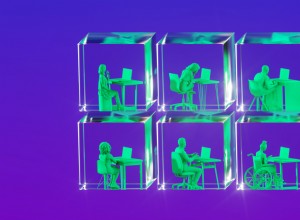
د. أبحاث مارك جولد التي يمكنك استخدامها
تم حاليًا تضمين اضطراب الألعاب عبر الإنترنت في الإصدار الأخير من الدليل التشخيصي والإحصائي للاضطرابات العقلية (DSM-5) باعتباره اضطرابًا نفسيًا محتملاً يتطلب مزيدًا من البحث لتأكيد إدراجه في الدليل الرئيسي.
تم حجز مصطلح الإدمان إلى حد كبير للأدوية التي حفزت الاستخدام المستمر ، مع ما يترتب على ذلك من فقدان السيطرة واستمرار الاستخدام القهري على الرغم من العديد من العواقب السلبية. في أي سياق تم استخدام مصطلح الإدمان ومن قد ينطبق عليه ، فقد نوقش منذ فترة طويلة ، خاصة بالنسبة للإدمان السلوكي.
كما أوضح رائد الإدمان السلوكي ، مارك بوتينزا ، فإن اضطراب المقامرة هو حاليًا الشرط الوحيد في القسم الفرعي "الاضطرابات غير المرتبطة بالمواد" ضمن فئة "الاضطرابات المرتبطة بالمواد والإدمان".
تشمل الشروط البارزة الأخرى التي تم أخذها في الاعتبار اضطراب الألعاب عبر الإنترنت. على الرغم من زيادة الجهود البحثية في المنطقة ، لا يزال الجدل مستمرًا بشأن المعايير المعنية التي سيتم استخدامها للتقييم وحالة الحالة باعتبارها مصدر قلق للصحة العقلية.
ما هو اضطراب ألعاب الإنترنت؟
شهدت الأوقات الأخيرة اكتساب الألعاب عبر الإنترنت شعبية هائلة. وفقًا لجمعية برامج الترفيه ، هناك شخص واحد على الأقل يلعب ألعاب الفيديو في ثلثي الأسر الأمريكية. ما يقدر بنحو 160 مليون أمريكي بالغ يلعبون الألعاب القائمة على الإنترنت. إلى أي مدى يمكن أن تكون هذه الألعاب مسببة للإدمان ، لا تزال موضع نقاش.
 يؤكد DSM-5 أن الألعاب يجب أن تؤدي إلى "ضعف أو ضائقة كبيرة" في جوانب مختلفة من حياة الشخص .
يؤكد DSM-5 أن الألعاب يجب أن تؤدي إلى "ضعف أو ضائقة كبيرة" في جوانب مختلفة من حياة الشخص .
يقتصر هذا الشرط المقترح على الألعاب فقط ولا يشمل مشكلات الاستخدام العام للإنترنت أو المقامرة عبر الإنترنت أو استخدام الوسائط الاجتماعية أو الهواتف الذكية.
تشمل الأعراض المقترحة لاضطراب الألعاب عبر الإنترنت الانشغال بالألعاب ، وأعراض الانسحاب أثناء عدم القدرة على ممارسة الألعاب ، وتطوير التسامح ، وصعوبة الحد من اللعب أو الإقلاع عنه ، وإعطاء الأولوية للألعاب على الأنشطة الأخرى ، والاستمرار في اللعب على الرغم من المشاكل ، وتحريف الوقت. أن يتم إنفاقك على الألعاب ، واستخدام الألعاب كآلية للتكيف وتحمل المخاطر فيما يتعلق بالوظائف والعلاقات بسبب الألعاب.
As per the DSM-5, IGD is found to be most common in male adolescents, aged 12 to 20 years, and is more prevalent in Asian countries than in North America and Europe.
The systematic literature review for IGD
The speculations surrounding the proposed classification of IGD in DSM-5 are primarily based upon the conceptualization, and the related theoretical and methodological issues raised by many scholars. Many have argued that problematic gaming may just be maladaptive coping and/or may be a result of other coexisting mental disorders. Also, previous research on IGD has been a target of criticism due to its methodological limitations in terms of research being conducted on non-clinical populations using subjective measures.
Hence, researching neurobiological correlates in the Internet Gaming Disorder is essential, specifically regarding the support of National Institute of Mental Health’s (NIMH) extended toward the establishment of a research domain criterion, upon which classification of mental disorders can be based and may offer an effective solution to the ongoing debates in the IGD field. IGD neuroimaging, which is still in its infancy, is developing at a fast pace.
A systematic review of existing literature was based upon the assessment of neurobiological mechanisms, empirical studies, use of neuroimaging techniques, studies published in a peer-reviewed journal, published in English and published since 2012. Initial identification yielded a total of 853 studies.
However, following from a detailed screening of the titles and abstracts, 826 studies were excluded that proved to be of no relevance to the review. This left 27 studies that were deemed eligible for further review.

Functional magnetic resonance imaging (fMRI) and resting state magnetic resonance imaging (rsfMRI) studies presented depicted the existence of significant neurobiological differences between healthy controls and individuals with IGD.
The studies assessed proposed that individuals with a gaming disorder had worse response-inhibition and emotion regulation, impaired PFC functioning and cognitive control, worse working memory and decision-making capabilities, decreased visual and auditory functioning, and a deficiency in their neuronal reward system.
Alarmingly, these deficiencies were identical to those observed in individuals with a substance dependence, implying that substance-related and behavioral addictions were based upon certain shared predisposing factors. One such example is regarding individuals with an alcohol dependence who have a reduced amount of P300 amplitude and consequently, an increased genetic risk for alcoholism. Meanwhile, similar findings with a decreased P300 amplitudes in individuals with IGD also demonstrated an inflated genetic risk toward the development of addiction-related problems.
D’Hondt et al. reviewed electrophysiological correlates of problematic internet use, often including gaming, and depicted a specific association with reduced inhibitory control and greater cue-reactivity. EEG literature showed “that most studies have found that impaired self-control abilities (i.e., inhibition and error monitoring) are associated with under-activated frontal regions in problematic Internet users.”
Moreover, some EEG studies illustrated modifications in the processing of emotional stimuli and Internet-related cues, claiming that “both reflective and automatic/affective systems, postulated by dual-process models as being determinants in decision making, are impaired among problematic internet users.”
Results from current EEG studies correspond with these conclusions. The reviewed EEG studies showed that the brains of individuals with IGD were poorer in information processing and response inhibition when compared to controls. As a result, these individuals were characterized by low impulse control, greater usage of cognitive resources to fulfill specific tasks and impaired executive control.
Gaming is not all evil
 Interestingly, the fMRI and rsfMRI studies yielded no differences regarding attention control and error processing between IGD individuals and healthy controls.
Interestingly, the fMRI and rsfMRI studies yielded no differences regarding attention control and error processing between IGD individuals and healthy controls.
In fact, higher brain activity was recorded among gaming addicts in comparison to healthy controls, presenting a greater sensory-motor coordination in IGD.
Recent studies have suggested that regular gaming may actually hold therapeutic benefits and could be used to improve an array of cognitive and motor skills. It has been successfully utilized in the training of professionals, specifically soldiers and surgeons.
Researchers, practitioners, gaming developers, and the media are urged to collaboratively construct a realistic and comprehensive understanding framework to recognize gaming as a normal, enjoyable and often an advantageous sociocultural practice. The possibility of addiction-related symptoms in a small population of excessive users exists that may require professional help. Hence, instead of stigmatizing gaming altogether, scientists and researchers must play an active role to establish a solid distinction between problematic and non-problematic gaming.
Looking forward
Summarizing these conclusions, it has been established that there may exist a particular IGD pathophysiology, supporting the NIMH’s advocacy for the need of a TDoC criteria for the diagnosis of mental disorders. Future research needs to be directed toward the replication of these reported findings in various cultural contexts.






